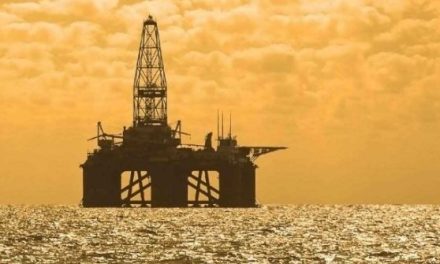
There are many ways to alleviate the immediate demand on electricity
Alternative sources of energy are punted as one of the long-term solutions but reducing current demand is perhaps the most obvious. Two years ago, at the height of the regional energy shortfall, low energy light bulbs were the vogue. These were supposedly given out by the thousands locally although I have yet to receive just one of these bulbs. (Admittedly, I have seen dozens in the homes of people working for the utility, and their close connections.)
But there are other ways of getting more bang for the electricity buck and one of these is on-demand generation, or as electricity experts put it, generating according to pre-specified cyclical load factors. This bit of jargon simply means making more electricity when needed, and less when the demand is not there.
It sounds like a common sense solution but is not so easily applied in the inner working of the power station. Why? Because everything happens on an industrial scale.
We have a good example of aligning generation with demand in the form of Van Eck that only gets fired up when a shortfall in supply is foreseen. For the rest, this expensive elephant just sits there adorning the Windhoek peri-urban skyline with two tall very distinctive features, the one of which is skew, by the way.
But just stoking the fire in the belly of this ancient piece of technology is already a costly exercise and it must be really really cold in SA before we see the telltale plume coming out of Van Eck’s smoke stacks. Often, only one chimney releases a trail indicating only so much of the station is in production, to make provision for only so much of the anticipated shortfall. Van Eck is extraordinarily expensive to operate.
Recently I came across another example of an ingenious form of managing supply and generation.
And that is by actively restricting or enhancing the flow from the coffer dam just upstream from Ruacana to spin the generators just long enough to ensure peak demand in the interior of Namibia can be met.
It has to be remembered that Ruacana, now with its four turbines, is also an industrial energy facility. One does not simply switch on and switch off the DB board. But because there is this direct link between the volume of cascading water and the revolution of the turbine, it does not require the two-day warm-up as is the case in coal-fired power stations like Van Eck. And this flexibility enables the generator utility to regulate Ruacana’s electricity to accommodate daily cyclical peaks.
I found out about this supply management when a relative recently told me the Kunene, for some weird reason or other, had two noticeable floods a day, and he was almost 100km downstream from Ruacana.
This observation triggered me to find out more and eventually I found out the water flow is regulated in such a way that peak generating capacity is available in the morning and again in the late afternoon to coincide with peak demand both in Namibia and South Africa.
I am not aware that the water flow at Ruacana has been managed in this frugal way before. What it means now is that the available water in the coffer dam is applied so economically, the same volume of water goes much further in generating the required amount of electricity at just exactly the right time when users need it. Previously, when the river was high, electricity was abundant and cheap but a large part of it simply dissipated through the net. When the river was low, electricity from this source was scarce or non-existent.
Now it is a matter of stretching the available water by running only so many turbines for so long as to provide peak demand. And some 25 km upstream from the coffer dam, is Calueque in Angola, now serving the purpose for which it was originally built in the seventies. So, it is probably safe to say the whole scheme is now only working the way it was intended at design and construction almost forty years ago.
Of course it leads to the delightful enigma of tourists camping along the river below the station, experiencing two “high tides” or miniature floods every 24 hours. According to the report I received, this flood is also not so minor, changing the river level by about a metre, depending on how far down stream one is from the power station.
I am sure the seal lobby will have a mouthful about this one as well. How do we dare interfere with the flow of the Kunene? Before long, all the soft-shell turtles at the river mouth will be eaten by seals only because we want to harness what nature gives us. What then?












































